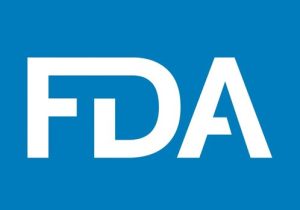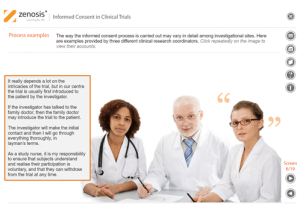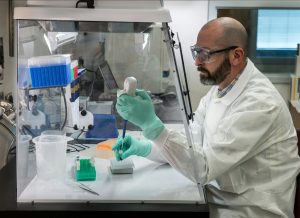New course on the 505(b)(2) application for marketing approval in the USA
A 505(b)(2) New Drug Application (NDA) is a submission to the Food and Drug Administration (FDA) for approval to market a drug in the USA. It differs from a ‘stand-alone’ NDA in that some of the data on which the applicant relies to demonstrate safety and efficacy have been obtained from publicly available sources rather than from the applicant’s own studies. The applicant typically proposes to market a drug that is based on an approved reference product but modified in its formulation or uses. A 505(b)(2) NDA also differs from an Abbreviated New Drug Application (ANDA) for approval of a generic drug in that the applicant’s product need not be a duplicate of the reference listed drug. The 505(b)(2) pathway may be said to lie part-way between the ‘stand-alone’ NDA and generics pathways, offering a unique combination of advantages to developers. It facilitates the modification of drugs to address unmet medical needs.
This short course, addresses issues specific to 505(b)(2) applications. The various pathways are compared, and those circumstances appropriate for a 505(b)(2) NDA are distinguished from those that are not. Particular characteristics of 505(b)(2) applications are identified. The learner is referred to other Zenosis modules on NDAs and ANDAs for further details of requirements – for format, content, mode of submission, and FDA review – that are covered there.

More News
© 2025 grapl ltd.





